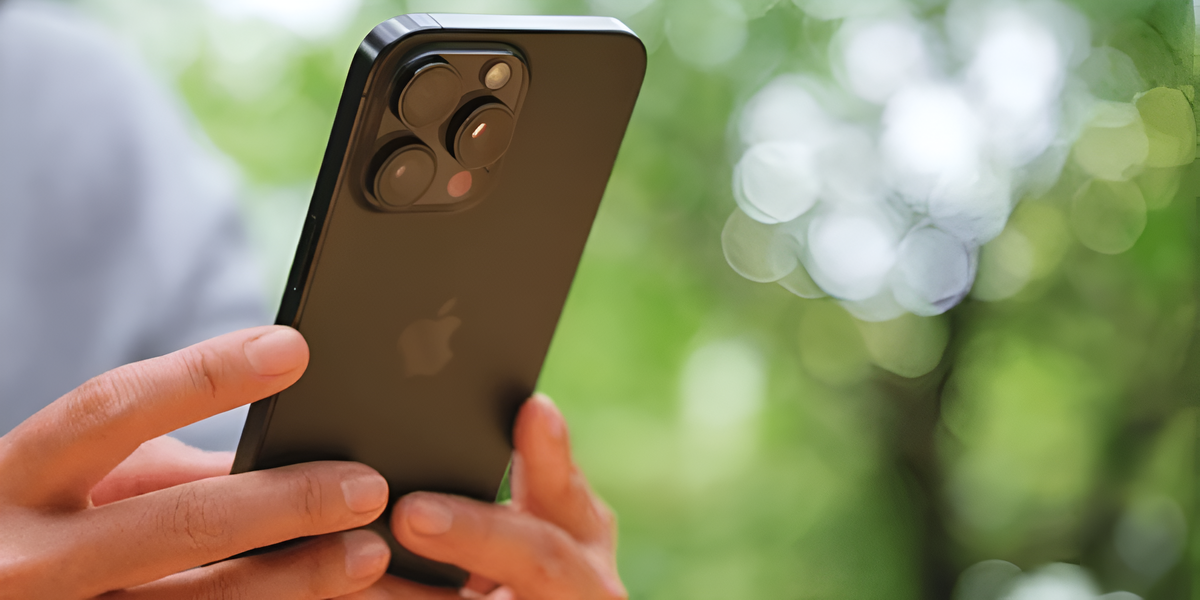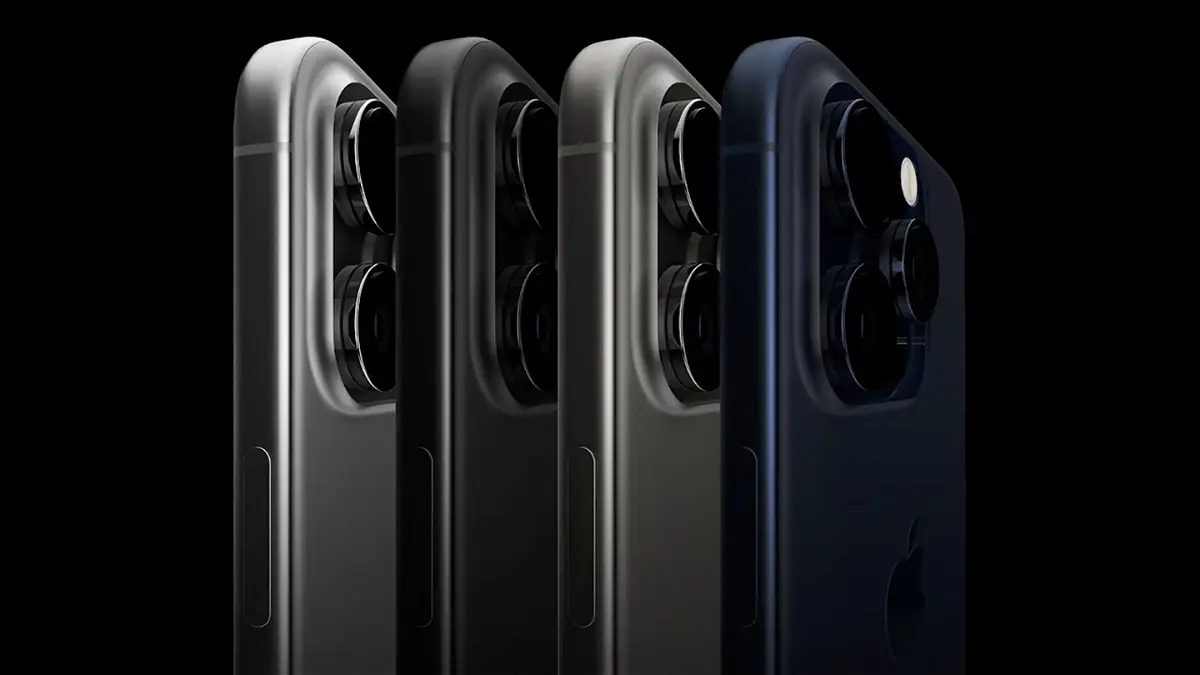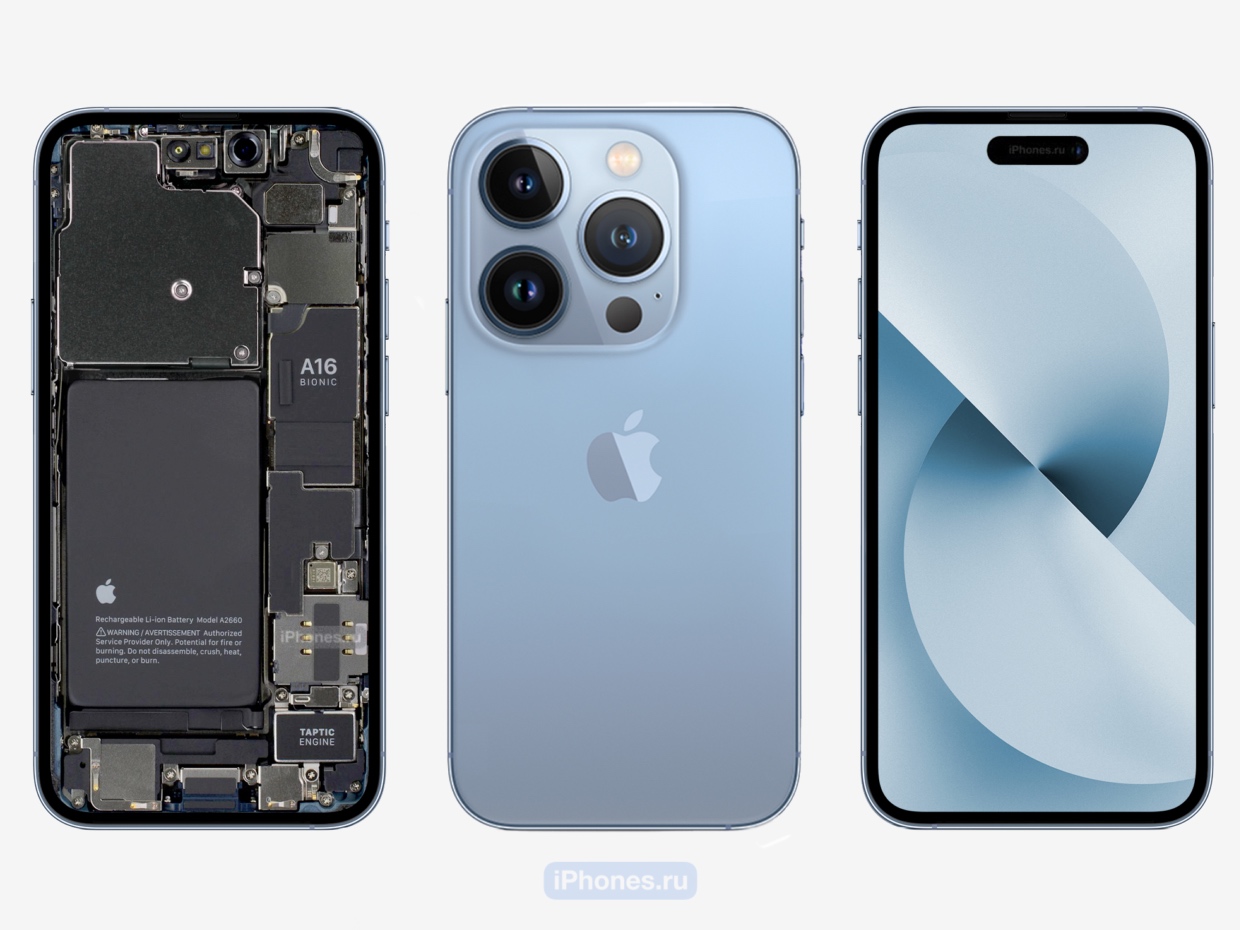Liquid glassThe new design language for Apple operating systems still does not suit everyone. So it’s no surprise that Cupertino continues to work on features that allow it to change its behavior to better adapt to users’ tastes or needs. IN iOS 26.1for example, will make the premiere an opportunity easy to adjust transparency.
The appearance of this feature became known with the debut of beta 4 for iOS 26.1 developers. Users of this development version can now change the behavior of the interface so that its aesthetics are more or less transparent. Something that many demanded even before the software’s debut, but the people of Cupertino took the time to implement it in their own way.
It’s worth noting that adjusting the transparency of Liquid Glass in iOS 26.1 does not use a slider, which provides more granular control. Neither with a button that allows you to activate it or completely deactivate it, as some users requested at the time.
The truth is that with iOS 26.1 the ability to choose between two implementations of Liquid Glass will be added: transparent or tinted. As you can imagine, the first option is the most transparent and is used by the operating system by default. For its part, the second one includes more solid colors, so the overall aesthetic is less transparent.
How to adjust Liquid Glass transparency in iOS 26.1 beta 4
In iOS 26.1 beta 4, the transparency of Liquid Glass can be easily adjusted. To access the function you must enter Settings > Display and brightness. A section appears dedicated to the new design language, in which it becomes possible to switch between the two modalities described above.
Below is a description of both implementations, which reads: “Choose your preferred appearance for liquid glass. Clara is more transparent, revealing the contents. [que aparece] below. Toned increases the opacity and adds more contrast.”
As we indicated above, this is a fairly “Apple” implementation. However, for iPhone users, this will certainly be a welcome addition, given that Liquid Glass has had a rather mixed reception among the public.
It is worth clarifying that the selector in question is not exclusive to iOS 26.1. Same option will also be released on iPadthanks to iPadOS 26.1, and Makivia macOS 26.1. On Apple computers this option will be available from System Preferences > Appearance.
The final version of iOS 26.1 still does not have a release date. However, the compatible iPhones are expected to go on sale by the end of October this month or early November at the latest.
Source: Hiper Textual
I’m Ben Stock, a highly experienced and passionate journalist with a career in the news industry spanning more than 10 years. I specialize in writing content for websites, including researching and interviewing sources to produce engaging articles. My current role is as an author at Gadget Onus, where I mainly cover the mobile section.









